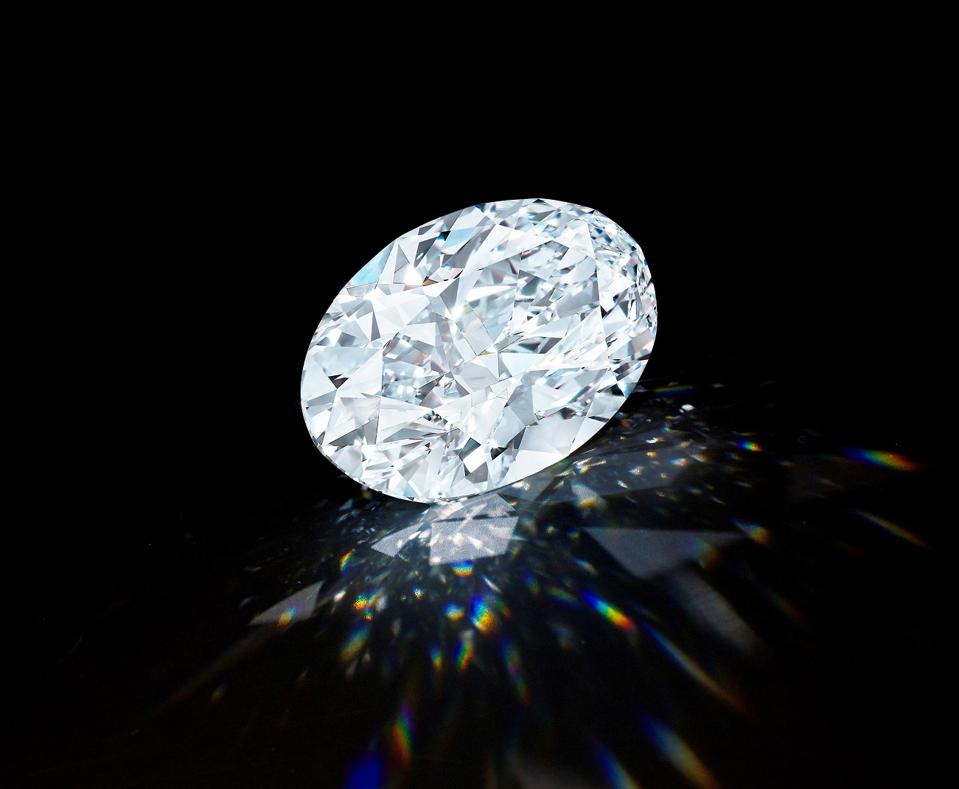The diamond sector’s rebound from the Covid-19 crisis will feature ups and downs that will continue into next year at least, De Beers predicted.
“The demand recovery is not expected to be linear, particularly as localized lockdowns take place,” De Beers explained Monday in its annual Diamond Insight Report. “Retailer expectations for the second half of the year are mixed, with more optimism in the US but muted sentiments in India and the Far East.”
The pandemic severely hit Chinese demand in the first quarter of this year and US sales in the second quarter, with the recovery likely to “extend well beyond 2020,” the company noted. The impact of Covid-19 on the global economy and the second wave of lockdowns in the fourth quarter have further harmed consumer spending, it added.
“The consequences of these events will determine the short to medium-term outlook,” De Beers added. “However, a weakening US dollar could offset some of the softness in demand in local currencies.”
The pandemic dented the positive trends that were visible at the end of 2019, De Beers said. Diamond-jewelry sales to Chinese consumers slid 45% year on year in the first quarter of 2020, and by around a third for the entire first half, the company estimated. The second-quarter recovery was “tentative,” mainly benefiting established brands and online sales, it added.
In the US, sales dropped about 40% in the second quarter of 2020, and by just under 20% for the first half. There was “evidence of rising sales” among independent jewelers and chains, as well as online, in June and the third quarter, the company continued. Demand in India dropped by more than 30% in the first half, reflecting a slump of nearly 50% during the April-May lockdown.
In 2019, global diamond-jewelry demand increased 0.5% to $79 billion — a weaker growth figure than in previous years as the strong dollar dented sales in China. Demand rose 4% in the US and 3% in Japan, offsetting weaker figures in other markets. The US expanded its share of the polished-diamond market to 48%, from 46% in 2018, while China slipped to 15% from 16%.
The Chinese yuan depreciated against the dollar in 2019 amid a trade war between Beijing and Washington, DC. In local-currency terms, demand from Chinese consumers climbed 1%.
Source: Diamonds.net











